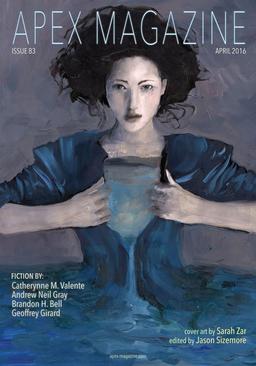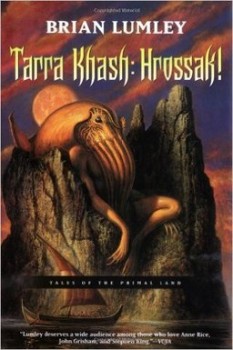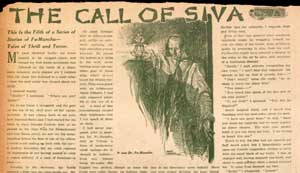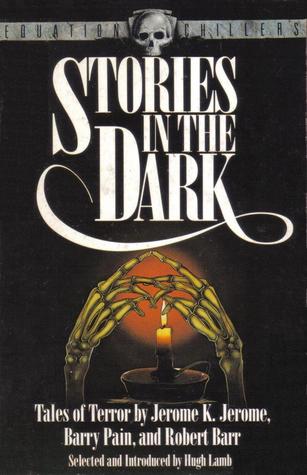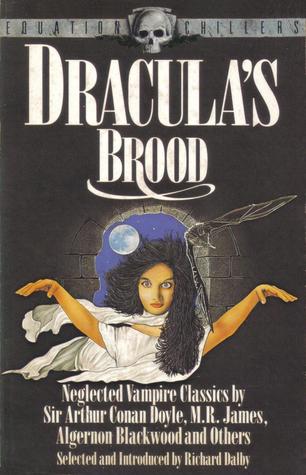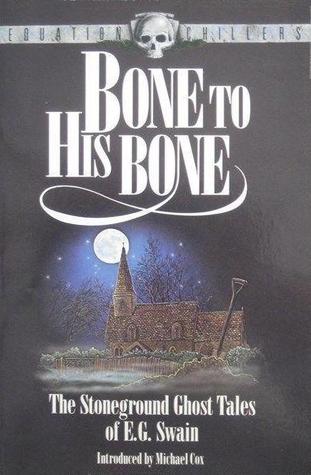Future Treasures: Roses and Rot by Kat Howard
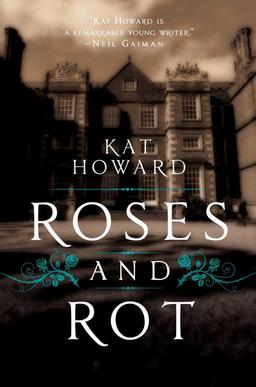 I enjoy a good fairy-tale retelling, especially those written with a modern sensibility — and a dark edge. Kat Howard’s debut novel, selected by Publishers Weekly as a Best Sci-Fi/Fantasy/Horror Novel of Summer 2016, looks like it fits my criteria nicely.
I enjoy a good fairy-tale retelling, especially those written with a modern sensibility — and a dark edge. Kat Howard’s debut novel, selected by Publishers Weekly as a Best Sci-Fi/Fantasy/Horror Novel of Summer 2016, looks like it fits my criteria nicely.
The marketing for Roses & Rot includes an enviable blurb from Neil Gaiman (“Kat Howard is a remarkable young writer”), and the promise that its main characters, Imogen and her sister Marin, find themselves living in a fairy tale as the story unfolds. But which fairy tale? Ah, that’s part of the mystery.
A prestigious artists’ retreat holds dark secrets as desire for art and love are within grasp for Imogen and her sister, Marin, but at a terrible price.
What would you sacrifice for everything you ever dreamed of?
Imogen has grown up reading fairy tales about mothers who die and make way for cruel stepmothers. As a child, she used to lie in bed wishing that her life would become one of these tragic fairy tales because she couldn’t imagine how a stepmother could be worse than her mother now. As adults, Imogen and her sister Marin are accepted to an elite post-grad arts program — Imogen as a writer and Marin as a dancer. Soon enough, though, they realize that there’s more to the school than meets the eye. Imogen might be living in the fairy tale she’s dreamed about as a child, but it’s one that will pit her against Marin if she decides to escape her past to find her heart’s desire.
Roses and Rot will be published by Saga Press on May 17, 2016. It is 307 pages, priced at $24.99 in hardcover, and $7.99 for the digital version.
